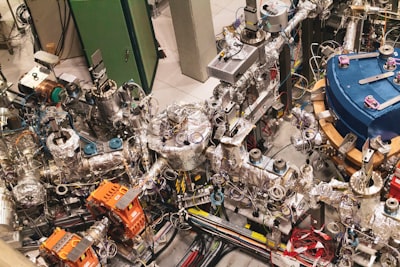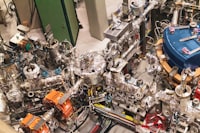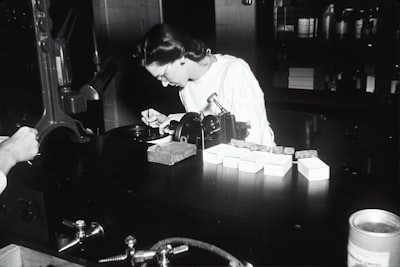Conference paper
English Teachers' Perspectives on the Impacts of English as a Global Language Influencing the Indonesian Educational System
This article is as discussion of a study into English teachers' perceptions towards English as a global language in Indonesia. The purposes of this study are to examine whether the non-native English teachers in Indonesia realize the emerging role of English in the global world especially into the Indonesian schools and to find out how those teachers perceive the impacts of English into Indonesian educational system. Twelve English teachers from four school levels started from primary school to university participated in this study. Qualitative interviews were used for data collection. As a result, the participants' responses were all consistent saying that with the tough competition in this modern era, English was undeniably very important and learning English for Indonesian students since the early education had been a good practice in order to support the students to get a bright future. Referring to the impacts of the global language, there were only two teachers paid concerns to the negative impacts the global language brought to Indonesian education while the other ten convincingly stated that it only brought positive effects. Recommendations for maintaining the students' local cultures and identity were given by the participants that were worth considered and informed to all English teachers in Indonesia.
















































